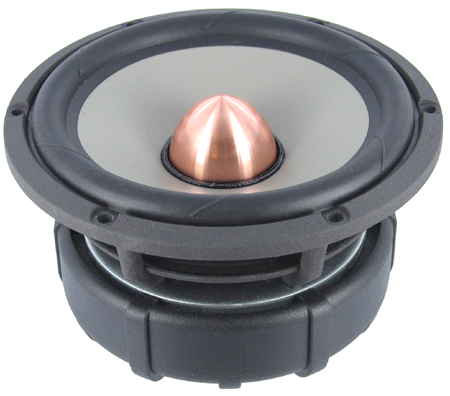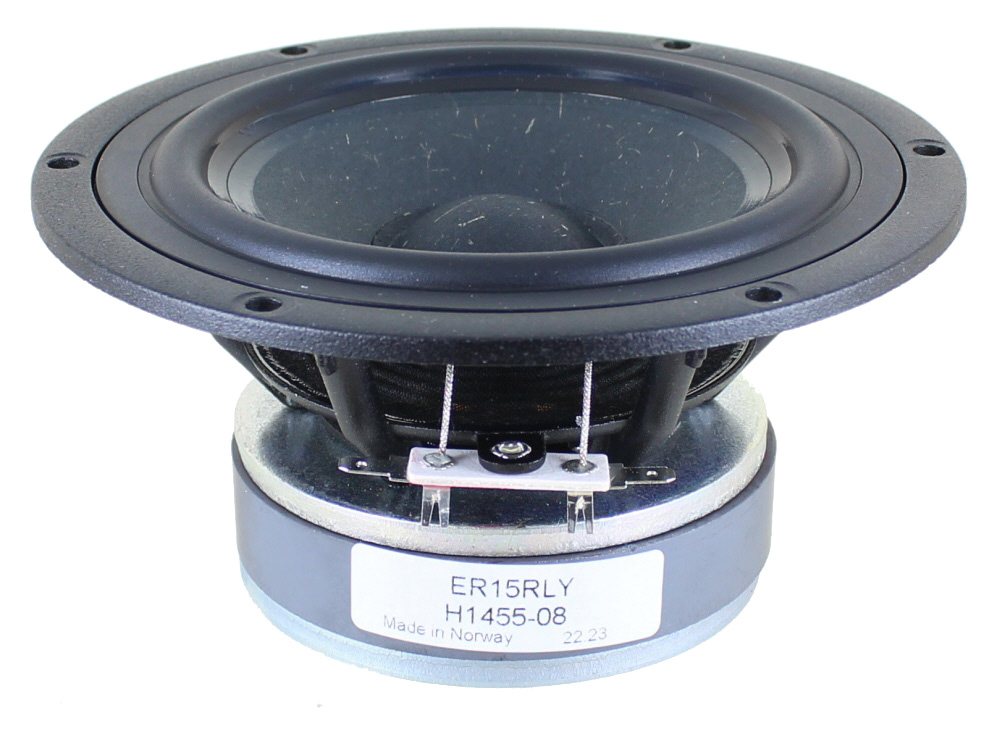Yes, this is how ARTA works in the full version, you save the actual ungated, or unprocessed impulse files. This allows you to come back at a later date and alter the way you gated your measurements. So as you say, with JustMLS you save the gated processed result and are stuck with it. In your original measurements, if your data was actually good, but the error was within your gating method, then all you'd have needed to do is open up the impulse response and re-gate, not remeasure! I only truly appreciated what this meant when I purchased ARTA, just thinking about it before hand wasn't enough 
Practise makes perfect as they say and these loudspeakers are as small and simple as designs really get, so from that point of view, it will be easier to work the bugs out of the system than with a full size three way.That said, you can always perfect your measurement technique and merging technique with your main pair of loudspeakers in the listening room, which might be easier from a practical point of view.
I would guess so, the reason why I sang some of JustMLS's praises before is because it makes taking a far-field, then a near-field, processing the near-field for a theoretical baffle step transition and then merging the two together, in the correct way, relatively fuss free. The way ARTA handles this is a little more complicated, but I think that's mainly because it does so much more, it's difficult to find what it is you need.
Fuzzmeasure should be able to do this, as it is one of the fundamental aspects of creating accurate, full range, measurements in the absence of an anechoic chamber.
Usually the baffle step processing that you need to apply to the near-field response is applied to the calculated frequency response. IE you need to get the frequency response from the measured impulse response first and then process that, so the baffle step processing could be located within the frequency response graphs sub menu, if it has one, rather than menu within the main program. Likewise, merging is likely to be located somewhere within a sub menu too as it is also done to the frequency response, rather than the impulse. I don't know how MACs organise their menu systems though, I am sure Jon can better advise.

Practise makes perfect as they say and these loudspeakers are as small and simple as designs really get, so from that point of view, it will be easier to work the bugs out of the system than with a full size three way.That said, you can always perfect your measurement technique and merging technique with your main pair of loudspeakers in the listening room, which might be easier from a practical point of view.
I would guess so, the reason why I sang some of JustMLS's praises before is because it makes taking a far-field, then a near-field, processing the near-field for a theoretical baffle step transition and then merging the two together, in the correct way, relatively fuss free. The way ARTA handles this is a little more complicated, but I think that's mainly because it does so much more, it's difficult to find what it is you need.
Fuzzmeasure should be able to do this, as it is one of the fundamental aspects of creating accurate, full range, measurements in the absence of an anechoic chamber.
Usually the baffle step processing that you need to apply to the near-field response is applied to the calculated frequency response. IE you need to get the frequency response from the measured impulse response first and then process that, so the baffle step processing could be located within the frequency response graphs sub menu, if it has one, rather than menu within the main program. Likewise, merging is likely to be located somewhere within a sub menu too as it is also done to the frequency response, rather than the impulse. I don't know how MACs organise their menu systems though, I am sure Jon can better advise.









Comment